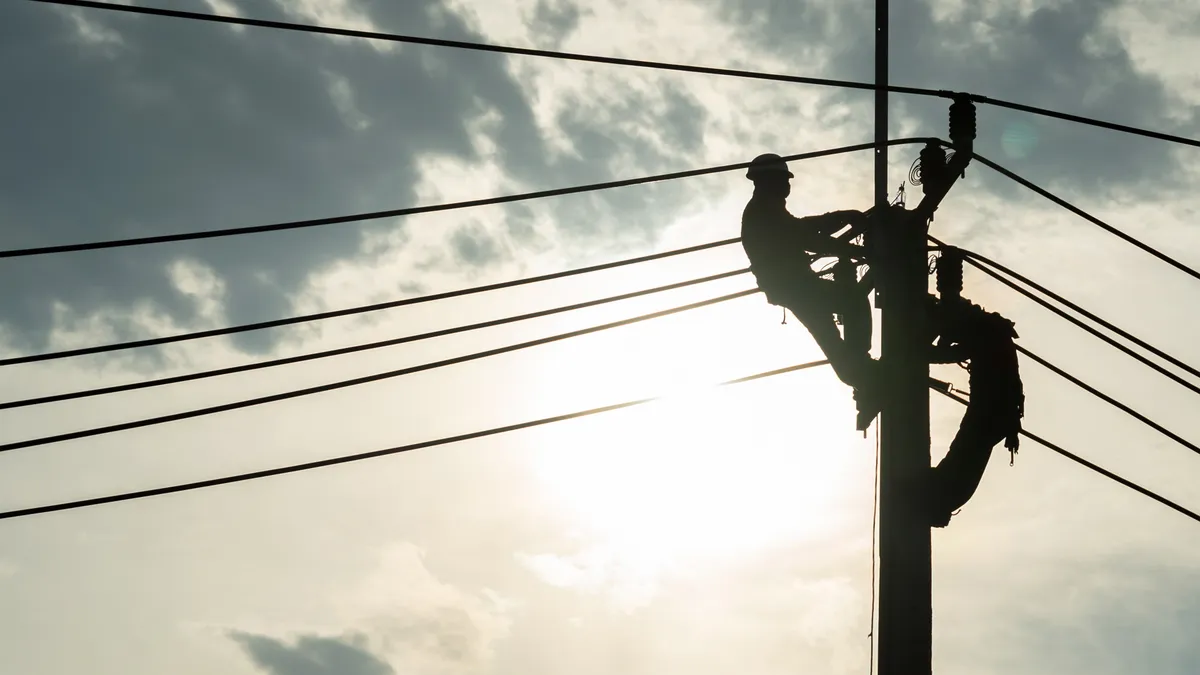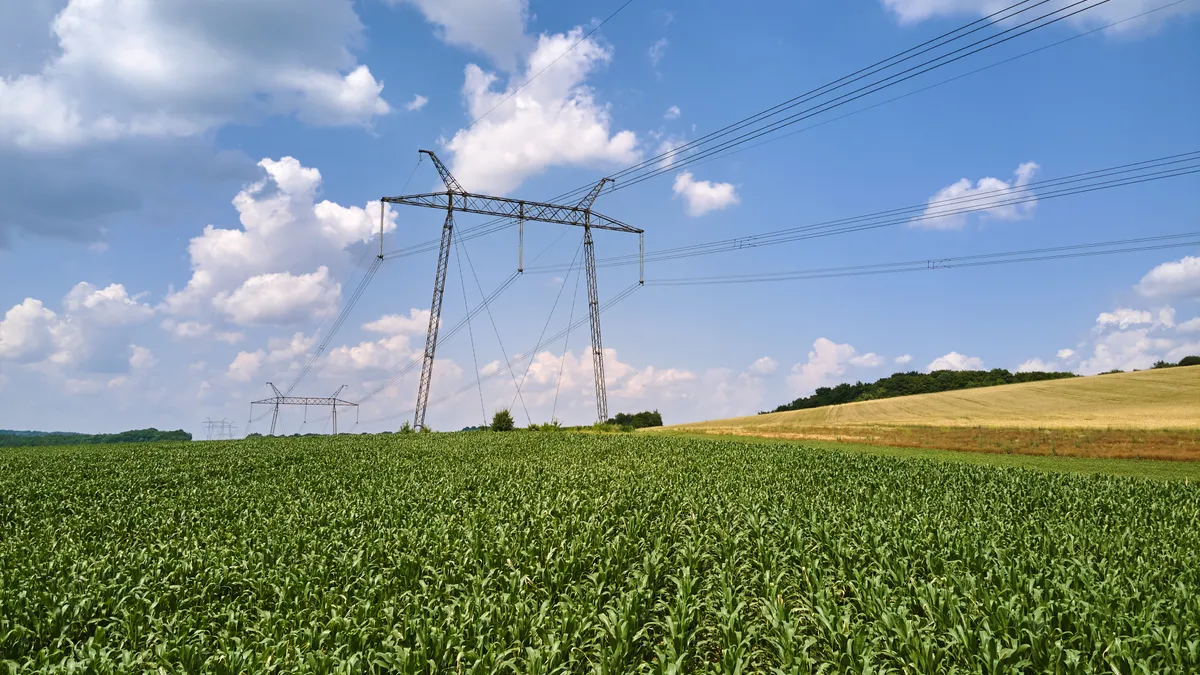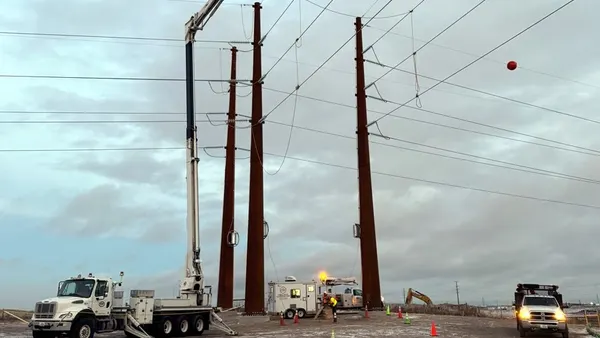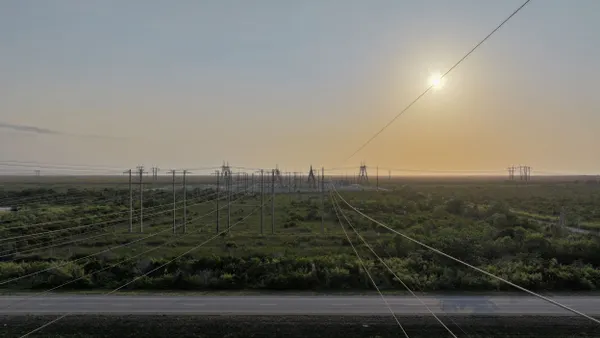A coalition of electric utility, labor and other groups sent a letter to U.S. senators on March 5 asking them to support “compromise legislation” the groups say will help address a shortage of distribution system transformers while also improving the energy efficiency of the devices.
The U.S. Department of Energy proposed stricter efficiency standards for transformers in 2022, but utilities say they would worsen the existing shortage by requiring the use of amorphous steel cores, which are “extremely limited in supply,” and forcing manufacturers to “overhaul product designs and retool production processes.”
Most distribution transformers are made with grain-oriented electrical steel, known as GOES.
The Distribution Transformer Efficiency and Supply Chain Reliability Act would stabilize the transformer supply chain with a gradual phase-in of new energy efficiency requirements while maintaining opportunities for highly-efficient GOES cores, according to the Edison Electric Institute, American Public Power Association, National Rural Electric Cooperative Association and nine other groups.
The legislation is sponsored by Sen. Ted Cruz, R-Texas, and Sen. Sherrod Brown, D-Ohio. A companion bill was introduced in the House in January.
The legislation “strikes the appropriate balance between implementing reasonable efficiency standards for distribution transformers while providing long-term supply chain certainty for domestic manufacturers at a critical time in the industry,” said Joe Donovan, executive director of the Transformer Manufacturing Association of America.
Other groups signing last week’s letter include steel manufacturer Cleveland-Cliffs, GridWise Alliance and the Zero Emission Transportation Association.
A DOE spokesperson said the agency is “working to finalize a rule that is responsive to the comments and allows American businesses and workers to deliver ... the most reliable, efficient, and affordable grid possible to meet growing energy demand." The agency has evaluated thousands of pages of comments and accepted additional ex parte meetings with unions, manufacturing entities in the supply chain, utilities and efficiency stakeholders to inform the final rule.
“We appreciate the continued partnership with Congress and stakeholders to address supply chain issues and agree that any long-term solutions must allow for the ability to maintain and grow a secure domestic supply of electric steel and transformers and strengthen domestic workforces,” the spokesperson said.
There are signs that production of amorphous core transformers is expanding.
DOE in November awarded $20 million to Pittsburgh-based CorePower Magnetics to transform a former coal-fired power plant into a domestic manufacturing facility for amorphous metals. And in the same month, Howard Industries completed a manufacturing facility to make amorphous cores in Mississippi.
In February, Illinois-based Central Moloney announced it would acquire Cam Tran Co., the largest Canadian manufacturer of distribution transformers and the largest North American producer of amorphous metal transformers.
“I think it's likely that DOE will find some sort of middle ground,” Andrew deLaski, executive director of the Appliance Standards Awareness Project, said in an email. “These recent investments you’re seeing in more-efficient transformers help show that the department can spur the market further in the direction of improved transformers.”
DOE is proposing that the new energy efficiency standard for distribution transformers come into effect in 2027, estimating it would save consumers approximately $15 billion over 30 years. The agency has until June 30 to finalize a rule, under a court settlement, but indicated in its latest semi-annual regulatory agenda that it intends to act in April.
Editor’s note: This story has been updated to include comments from a DOE spokesperson.














